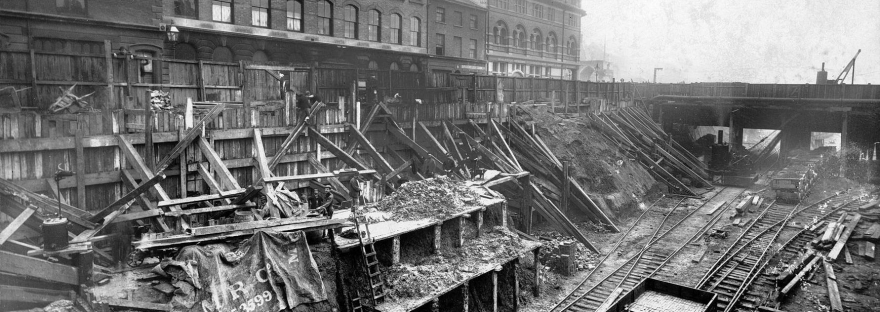While I’m still available for walks (Covid-19 regulations permitting) as private bookings and I have gift vouchers on offer (if you’d like to have a walk to look forward to in 2021), I’m also trying to research more buildings for future walks and talks on the architecture of Nottingham. But I get so easily distracted…
I was thinking about a photo that I’d seen online, but could not remember where I’d seen it. (The constant stream of content on social media makes it tricky to pin down sources.) But, a few tweets fired at some contacts proved that I hadn’t imagined it, here was the picture:
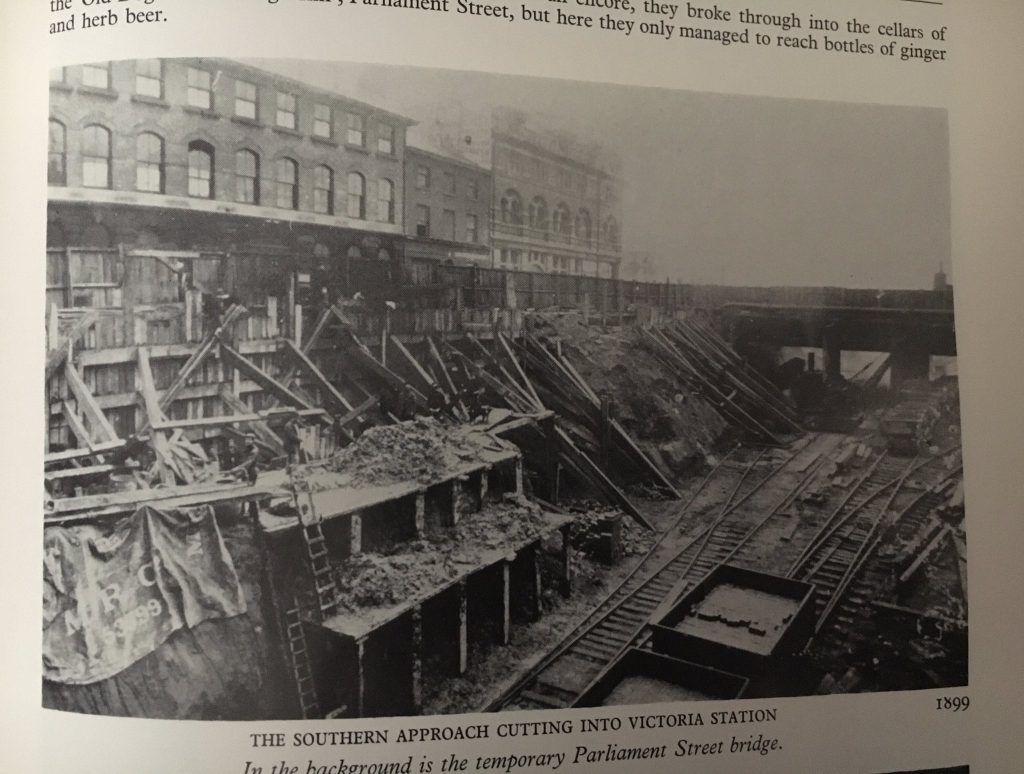
A photo of the construction of the railway from Nottingham Victoria Station, the construction of which had caused the demolition of Watson Fothergill’s original office on Clinton Street. The photo shows Fothergill’s 1896 Furley & Co building, which now house Lloyds Bank on the corner of Lower Parliament Street and Clinton Street West (it features on The Watson Fothergill Walk).
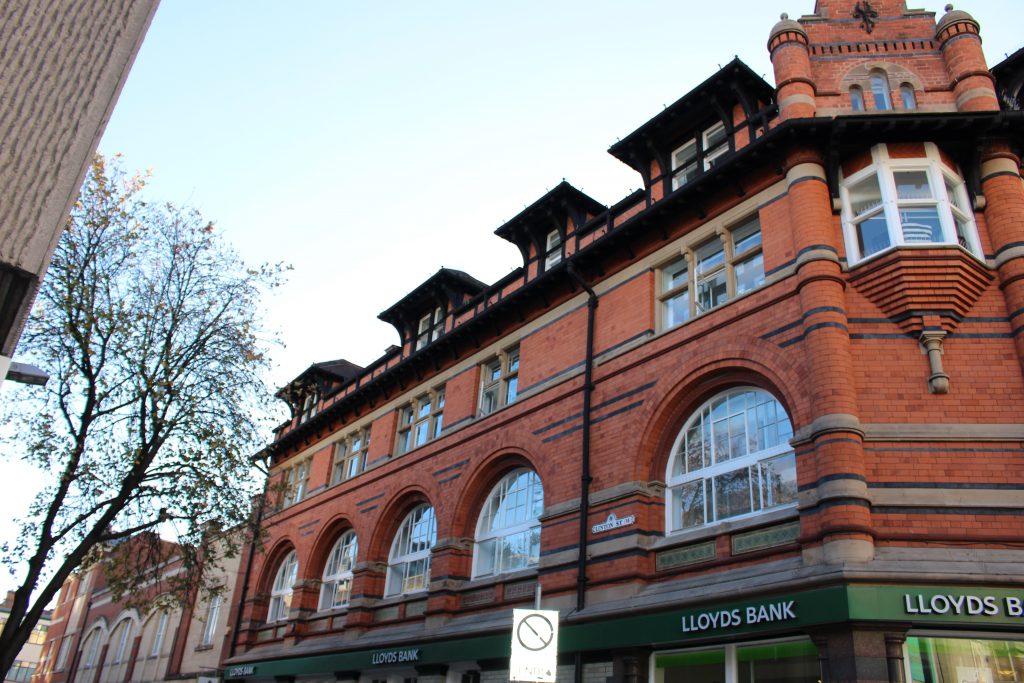
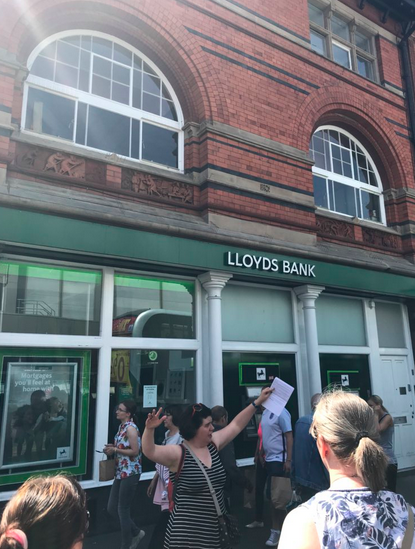
A flurry of further tweets uncovered a higher quality version of the railway construction photo:
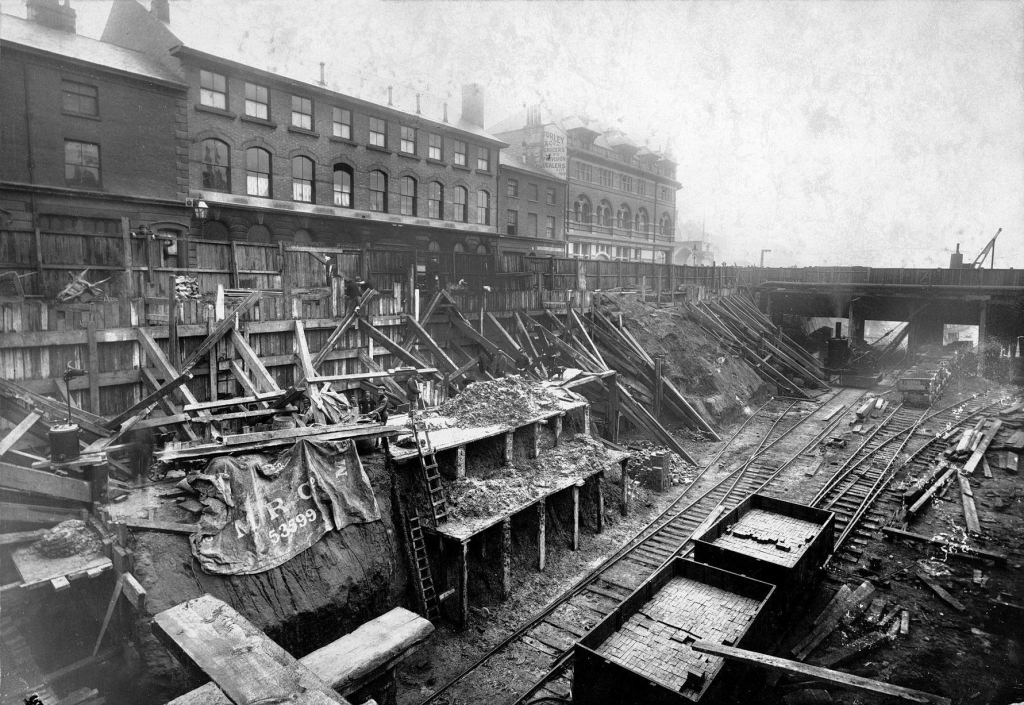
And another photo of railway work next to a Fothergill building turned up. This time the Nottingham and Notts Bank on Thurland Street, which is visible on the left hand side of this picture:
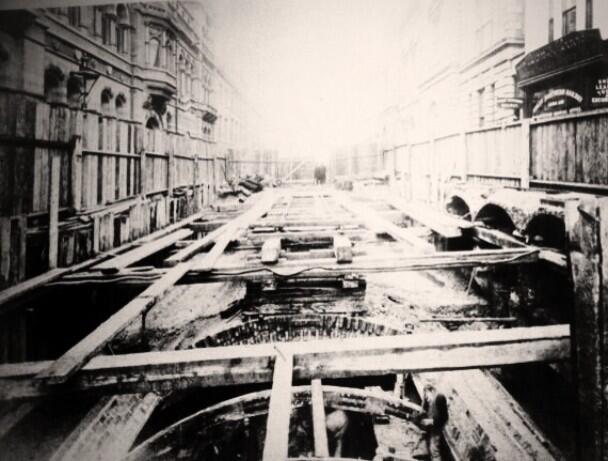
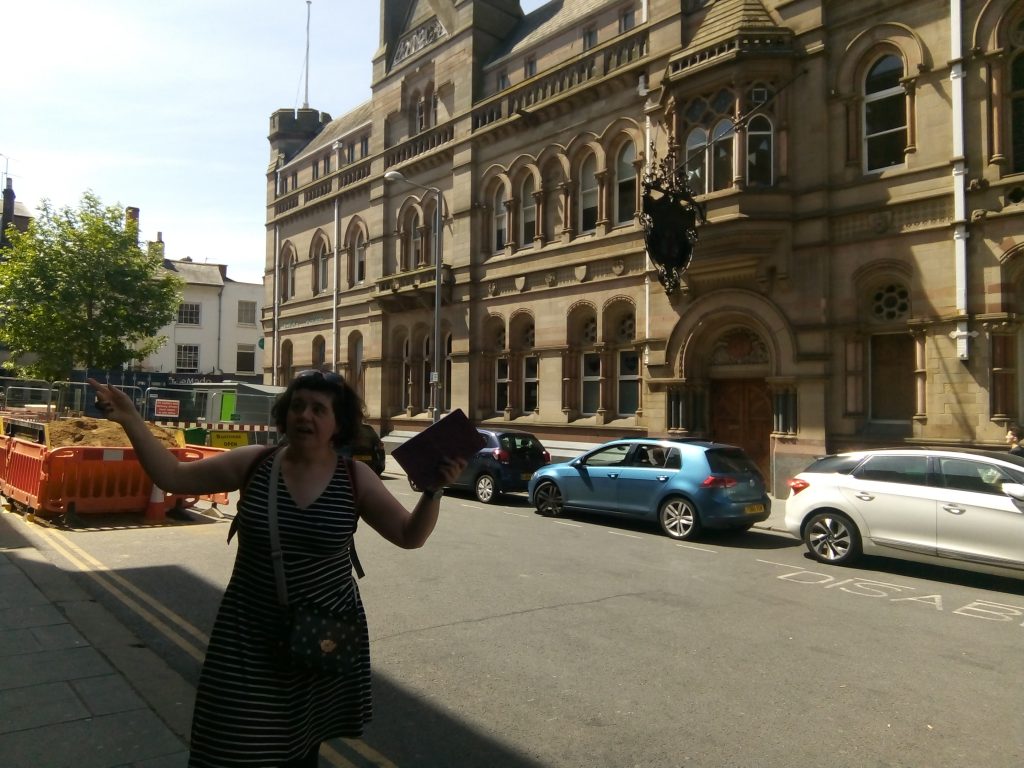
Nigel King, who is a photographer himself, then ran the Clinton Street photo through a colouriser on the My Heritage website and this brought out some remarkable details!
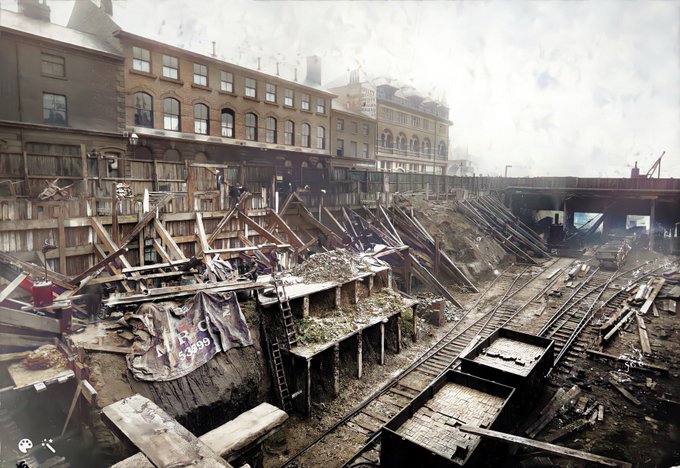
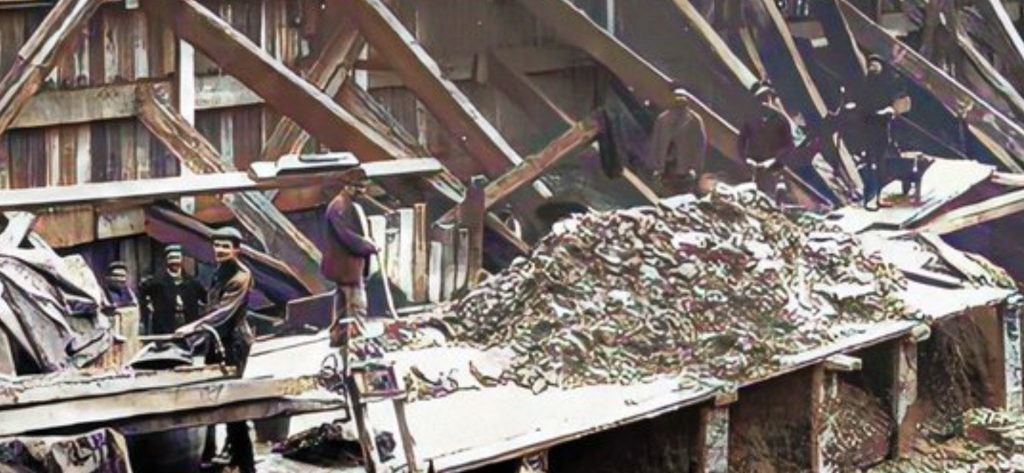
So you can see how a bit of research can turn up some great views of Nottingham’s past, but also how it’s very easy to get thrown off course! It’s also very difficult to credit photos correctly, the original books are full of such treasures.
If anyone knows any more about the whereabouts of the original photos from the Nottingham Historical Film Unit, please get in touch!
